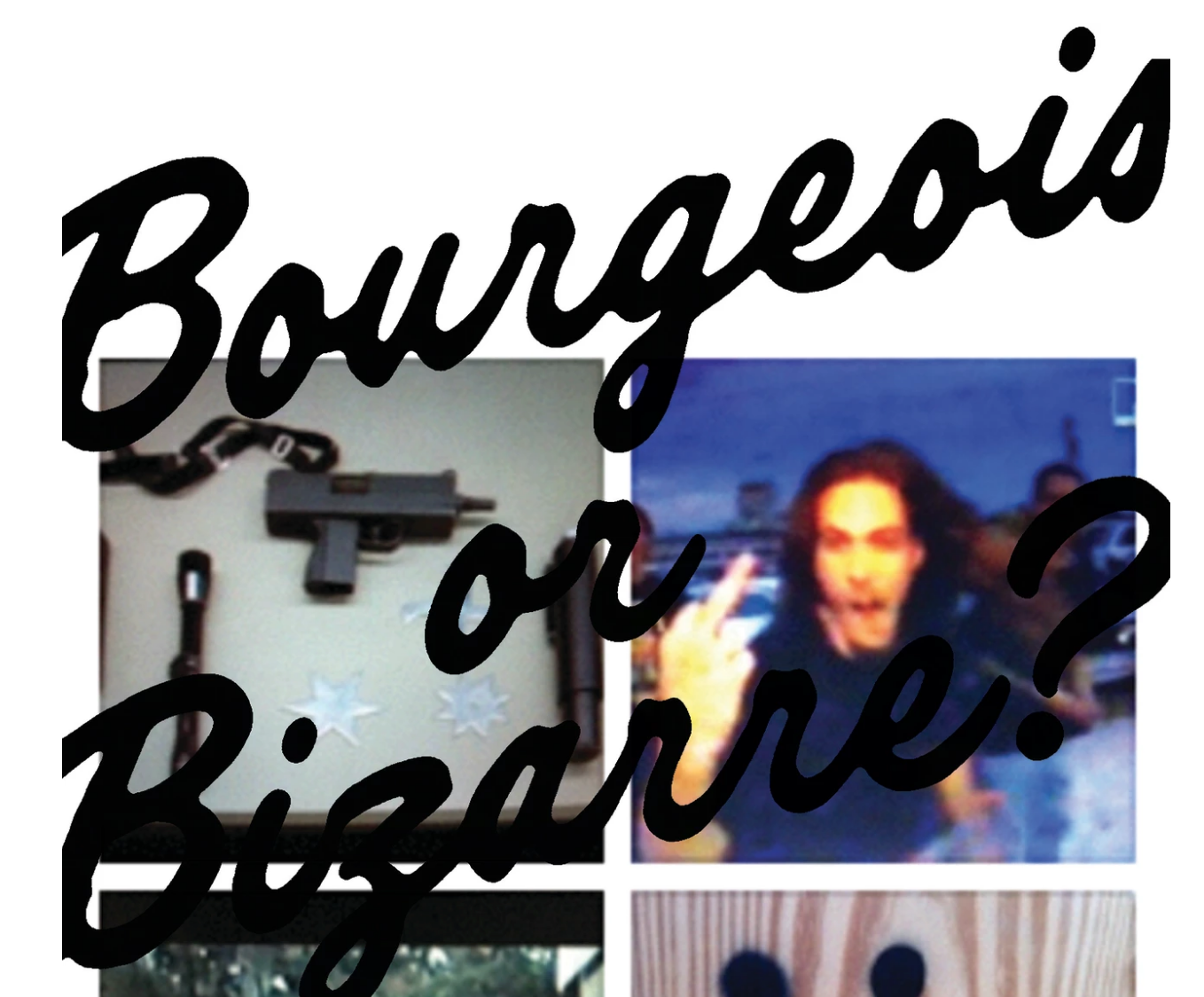THE ITALIAN STREETWEAR DESIGNER OF SILAS AND ARIES FAME TAKES ON STEREOTYPES AND SHARES RARE ARCHIVAL IMAGES FROM HER PAST
Italian-born designer Sofia Prantera proposes a new epoch for streetwear. Womenswear that defies the demagogues of fashion and archaic gender binaries, creating streetwear unbound by sex. Concerned with the ne plus ultra—the ultimate, the essence, the most extreme modes of what streetwear can be for women—Prantera challenges traditional conventions of streetwear; made by men, for men.
Whilst studying fashion at Central Saint Martins, London in the 90s, Prantera recounts the time her tutor told her streetwear was not fashion—a notion that’s of course desperately obsolete today—to which she responded "I’m Italian, streetwear is in my DNA."
Today, working alongside Fergus Purcell, the graphic-mastermind of Palace’s Penrose Tribar—the impossible triangle—the pair further elevates the lexicon of womenswear with the founding of Aries. Speaking to Edward Paginton about the essence of her work, Prantera looks towards a time when the spectrums of gender will be time immemorial.
What attracted you to move to London to study? The magazines you read?
When I first came, it was about that. Very soon after I became part of the whole skate world, which was almost by mistake but not completely. I ended up in that subculture and that was more of what I became.
There was always the clash of high fashion. I was interested in designers like Vivienne Westwood, Body Map, and Ray Petri, all of that. But I was also interested in the strength that came from skate wear. By the time I started getting into fashion, all the high fashion just wasn’t important anymore. That’s why I became attracted to skate culture because that seemed to be the new rebelliousness.
When you started Aries in 2011, the idea of streetwear was still like this "dirty" word. How did you differentiate yourself from this?
It was, yes. I’d lived through the demise of streetwear the first time round and I’ve always been into streetwear. When Ferg and I decided to start Aries, there was a side of it that was quite dressy. We also decided it should be a vehicle for doing whatever we wanted to do. The first collection—which came in 2010—was this weird mix of sprinter t-shirts we did on old Gildans, because I really like that sort of heavy t-shirt look. We thought, "let’s just buy some Gildans," and we left the label on it and printed on top of it. Then we had silk dresses, jewelry, and jeans—a mismatch of things.
When we showed it in Paris, no one really got it. It was a disaster. People didn’t get that it was unisex. Ferg and I, we both wanted the same t-shirts, so why make a men’s t-shirt and a women’s t-shirt? We didn’t see a point in differentiating between the two.
Aries, as a label, is not about being overtly sexual, and that seems particularly important to your ethos. Am I right?
I don’t mind things that are overtly sexual, but I think there’s a way of doing it that appeals to me and a way that it doesn’t. It’s about the power. Who holds the power? In a way, I think it’s important to me to show women feeling strong.
I think in high fashion, women are quite strong. There are amazing fashion photographers who portray women in interesting ways and interesting images. I always felt more upset by the way women were portrayed in streetwear. At the time, it just seemed to be objectifying women. It was like "ok there’s the man who’s the skater and the woman is the one sitting by." There was a sort of cheerleading element to it that I really didn’t like. It was like, "this is the version for you that is tight and pink." Looking back, that really did upset me.
Read the full interview by Edward Paginton HERE



